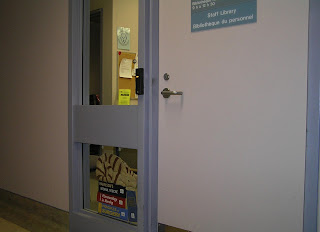
Quilt No. 69
November 2009
What would it be like to live underground “like a wild potato”? This question popped into my head when I heard the B-52’s song Private Idaho (see lyrics on right hand side bar). The song suggests that someone who is gripped by fear of the ordinary - patios, pools, “signs that say hidden driveway”- might be hiding in a lifestyle that mimics a potato tucked safely underground. What might this safe harbor look like? I couldn’t help but put my own spin on both the above and below ground life of such a marvelous sheltering potato plant.
This quilt features a hand-dyed sky. Each leaf of the potato plant was created individually and then sewn onto the quilt. A hummingbird visits the blooms at the top.
I drew each potato room on paper and then scanned it into a file. The files were then adjusted to create the high-contrast sepia tones. The potato rooms were printed out on cotton and appliquéd onto the quilt. All potatoes are connected by satin roots and are outlined in gold metallic thread. This piece is hand quilted.
Lyrics to Private Idaho
Written by The B-52’s: Catherine Pierson, Fred Schneider, Keith Strickland, Cindy Wilson, Ricky Wilson
You're living in your own Private Idaho
Living in your own Private Idaho
Underground like a wild potato.
Don't go on the patio.
Beware of the pool,
blue bottomless pool.
It leads you straight
right through the gate
that opens on the pool.
You're living in your own Private Idaho.
You're living in your own Private Idaho.
Keep off the path, beware the gate,
watch out for signs that say "hidden driveways".
Don't let the chlorine in your eyes
blind you to the awful surprise
that's waitin' for you at
the bottom of the bottomless blue blue blue pool.
You're livin’ in your own Private Idaho. Idaho.
You're out of control, the rivers that roll,
you fell into the water and down to Idaho.
Get out of that state,
get out of that state you're in.
You better beware.
You're living in your own Private Idaho.
You're living in your own Private Idaho.
Keep off the patio,
keep off the path.
The lawn may be green
but you better not be seen
walkin' through the gate that leads you down,
down to a pool fraught with danger
is a pool full of strangers.
You're living in your own Private Idaho,
where do I go from here to a better state than this.
Well, don't be blind to the big surprise
swimming round and round like the deadly hand
of a radium clock, at the bottom, of the pool.
I-I-I-daho
I-I-I-daho
Woah oh oh woah oh oh woah oh oh
Ah ah ah ah ah ah ah ah
Get out of that state
Get out of that state
You're living in your own Private Idaho,
livin’ in your own Private.... Idaho



































